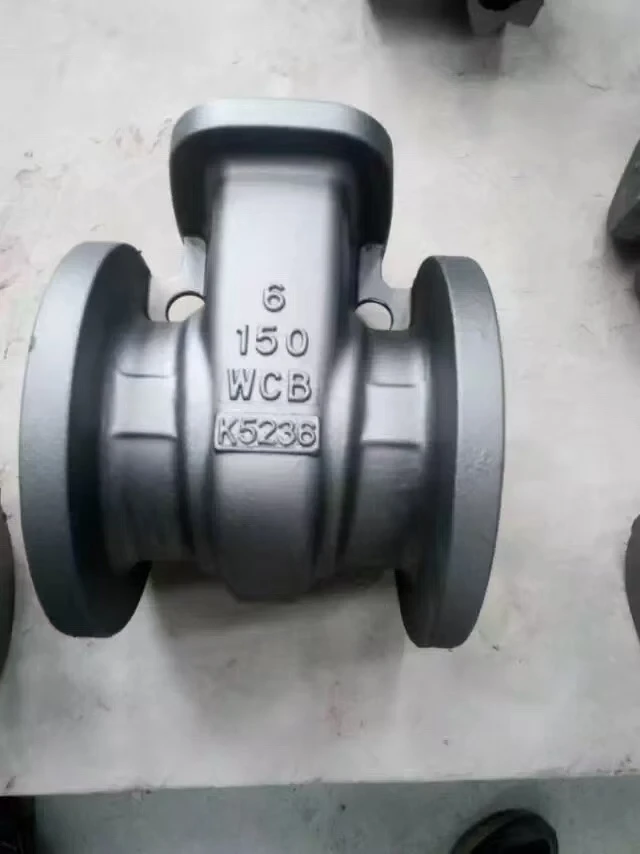

Advanced Techniques and Innovations Incorporating advanced techniques and innovations can significantly enhance the efficacy of casting sand. The use of simulation software allows foundries to predict the performance of different types of sand in various conditions, optimizing the selection process and reducing the incidence of casting defects. Furthermore, recent advancements in eco-friendly sand binders are transforming the industry, reducing harmful emissions and making the process more sustainable. The adoption of such innovations not only benefits the environment but also improves the economic efficiency of the casting process by reducing waste and energy consumption. Quality Assurance and Trustworthiness A reputable production process hinges on the trustworthiness of the materials used, with casting sand being no exception. Comprehensive quality control measures, including routine inspections and stringent supplier audits, are necessary to ensure that the sand meets all industry standards. By maintaining strict adherence to quality assurance protocols, manufacturers not only uphold their product integrity but also reinforce their reputability in the market. Certification from recognized authorities in metal casting further solidifies a company's standing, fostering trust among clients and stakeholders. Conclusion In the nuanced world of metal casting, casting sand emerges as a pivotal element that defines the quality and efficiency of production. While choosing the appropriate type of sand is essential, maintaining its quality and embracing innovative methods are equally critical to achieving optimal results. As an industry authority with expertise honed over years of hands-on experience, it is evident that the future of casting lies in the harmonious blend of traditional knowledge and modern technology, with casting sand at its core. To stay competitive, businesses must prioritize the continuous evaluation and improvement of their casting processes, ensuring they remain at the forefront of industry advancements. Post time:మార్చి . 03, 2025 12:46
Next:sand casting sand types
